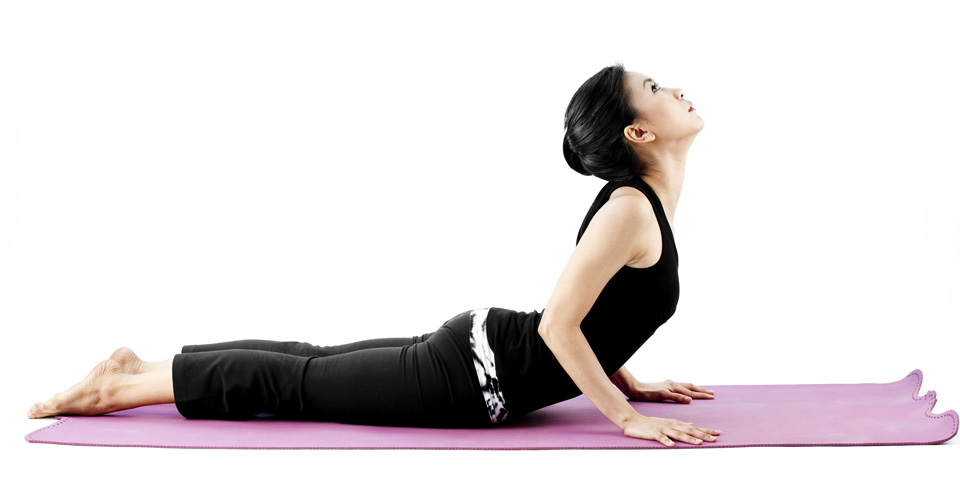Do the terms “active recovery” or “recovery workout” seem to make little sense to you? After all, the word “recovery” usually means taking a break from physical activity.
Myths like “muscles grow at rest” and the thought that everyone should take a day or two off from exercising each week do bring to light that rest is as important as exercise. But while improving awareness of rest and recovery is a good thing, who is to say that exercise every single day is not a good thing?

Many people can yield the benefits of exercise every day, but the important part to know how much to endure on your “off” days. Not only this, but there have been studies that show the effectiveness of active recovery after a marathon or similarly stressful event.
The 2 Types of Active Recovery
Active recovery as a cool-down phase immediately after a hard effort or workout.
This could be a simple 5 minute run at a slow pace after 60 minutes of interval training. Even the most basic of exercises like paced walking, touching the toes or stretching can provide a sufficient transition from intensive activity to the resting stage, a phenomenon that you will find to be good not just for the body but for the mind.
Active recovery in the form of a less intensive workout on your “off” days.
Instead of doing the usual intensive routine, your “active recovery” workout routine has less volume and intensity compared to a person’s normal workout. This will happen on a typical “off” day on which you would have no physical activity at all.
Usually, the effort needed to put into these recovery exercises are less than half of what it takes to perform an active workout. For runners, it can mean covering half of your normal distance at an easy pace, or even to take a break from running and doing other light exercises instead.
4 Benefits of Active Recovery
Helps Lower Heart Rate
Studies have shown that when pursuing active recovery right after a round of exercise or a marathon, the blood lactate level lessons quicker than if one were to immediately start resting. Doing this allows the body to restore itself to its resting state, which helps the heart return to its normal pace and letting the muscles benefit more from the workout as a result. Because of this, the individual can enjoy more strength and endurance with each workout from there on.
Focusing on Improving Form
Since active recovery is less demanding than your normal workout routine, you can focus on some aspect of technique. You can either to correct or perfect it, depending on your own training. The positive side is that you are able to do it under conditions where proper performance should be achievable.
Maintenance of Strength and Training
There are also a number of benefits that one may receive simply by participating in active recovery for a few days following very intensive activity. This is especially the case for those who have competed in sports that demand great amounts of endurance and physical effort, such running a marathon. By engaging in a follow-up activity with a lower intensity spaced over a few days, you can minimize your sore muscles are while still maintaining the strength that occurred from your event.

Active Recovery Releases “Feel Good” Hormones
Gradually changing a high intensity activity to a moderate/low effort activity seems to assist with the release of endorphins and the other neurotransmitters that are responsible for better general cognitive skill and mood.
Whether the active recovery period includes light activity over a few days or right after a workout, the strategy will boost the mood of the individual in question. Athletes who regularly recover actively report having a better sense of well-being that occurs long after the workout and a successful cooldown period.
Other Examples of Active Recovery
Self-Myofascial Release (Foam Rolling)
Foam rolling is one example of a low intensity exercise; the goal is to use something like a lacrosse ball or a specialty item like a foam roller and to massage the muscles. Though there are variations, consistently rolling with foam can increase your range of motion. It also shows that it can help with pain management of muscles that are overused. In fact, athletes all around the world use foam rolling, so that they can train with very intensive exercises and not be burdened with stiff muscles.
On the “off day,” consider taking a foam roller and passing it through all of the major groups of muscles in the body. Roll for 30 seconds with each group, avoiding the bony parts and the joints. Look to put more time on the areas that are problematic as you pin down areas that are troublesome using something as small as a lacrosse ball. Ensure that you keep an eye on the pressure; the goal is to have a positive experience.
Yoga
Yoga is another common form of active recovery that could occur on a daily basis. Usually, all body joints will be put through a range of motion that is safe to move in. Yoga is also known as mobility work, which means it can help with improving flexibility in addition to being a good active recovery exercise. With a good instructor, it is easy to get the benefits of this exercise.

Active recovery can help you physically and psychologically recover from the stresses of training and competing while still maintaining fitness levels. While everyone is different, try incorporating active recovery into your workout routine and see if recovery goes faster for you. If you enjoy going to the gym, check out 5 benefits cross training gives to runners.
Do you have a special routine for active recovery? Share with us on the comments below!





